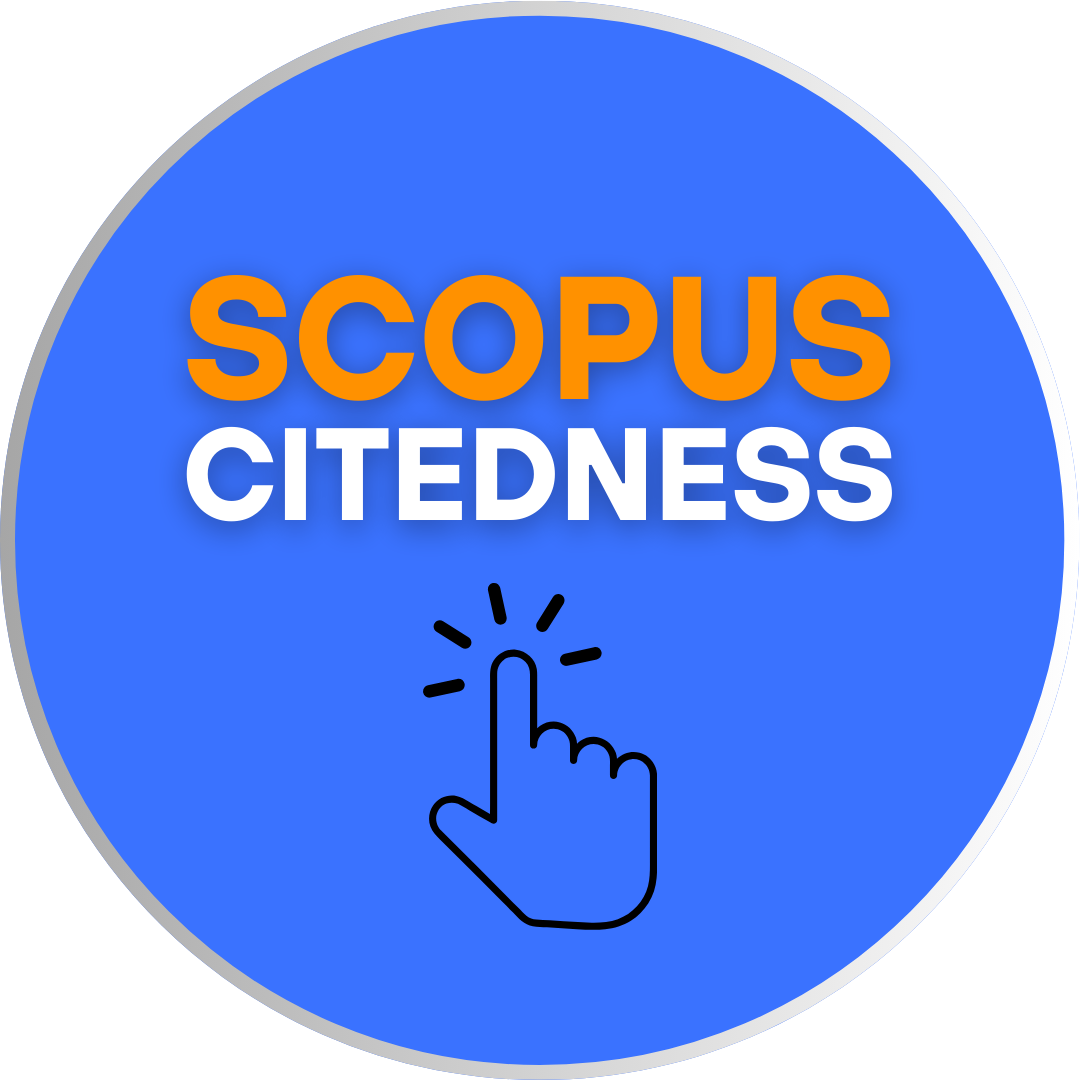SWEARING AND ITS MOTIVES IN THE ANTOLOGI RASA NOVEL
DOI:
https://doi.org/10.18592/let.v10i1.3593Keywords:
Antologi Rasa novel, character, swear word, type of swearing, motive of swearingAbstract
This paper investigated English swear words used in a novel. This study was urgent to conduct because using swear words is a natural behavior in communication which is indicated by the employment of certain swear words to express emotion, to reduce frustrated feeling, and to show solidarity to others. Two research points to resolve were as follows: what types of swearing which the main character used and what motives for swearing in the novel. Data, consisting of 46 swear words, were collected from the Antologi Rasa novel written by Ika Natassa, and were investigated using a content analysis. Findings showed the following: 26 (56.5%) occurrences of auxiliary swearing, 12 (26.1%) of expletives swearing, 4 (8.7%) of abusive swearing, and 4 (8.7 %) of humorous swearing. Three motives for the main character to swear were as follows: psychological motives (23 occurrences or 50.0 %), social motives (19 or 41.30%), and linguistic motives (4 or 8.70%).References
Akmajian, A., R. Demers, Farner, A., & Harnish R. (2004). Linguistics: An introduction to language and communication. Cambridge, MA: Massachusetts Institute of Technology Press.
Allan, K., & Burridge, K. (2006). Forbidden words: Taboo and the censoring of language. Cambridge: Cambridge University Press.
Ary, D., Jacob, L.C., & Razavieh, A. (2002). Introduction to research in education (6th ed.). Belmont: Wadsworth Thomson Learning.
Battistella, E.L. (2005). Bad language: Are some words better than others? New York: Oxford University Press.
Bram, B., & Putra, P. K. (2019). Swear words used by Jordan Belfort in the Wolf of Wall Street movie. SKASE Journal of Theoretical Linguistics, 16(2), 135-145.
Chaika, E. (1982). Language: The social mirror. Massachusetts: Newbury House Publishers.
Doyle, T.M (Ed.). (2006). Teaching “Bad Language” in a serious and systematic manner. Proceedings of the CATESOL State conference. Retrieved March 24, 2015, from http://www.catesol.org/06Doyle.pdf
Fairman, C.M. (2009). Fuck: Word taboo and protecting our first amandment liberties. Naperville, IL: Sphinx Publishing.
Fakuade, G., Kemdirim, N., Nnaji, I., & Nwosu, F. (2013). Linguistic taboos in the Igbo society: A sociolinguistic investigation. Journal of Language, Discourse & Society, 2(2),117-132.
Fraenkel, J.R., & Wallen, N.E. (2008). How to design and evaluate research in education (7th ed.). New York: McGraw-Hill.
Freitas, E.S.L. (2008). Taboo in advertising. Amsterdam: John Benjamins Publishing Company.
Freud, S. (1983). Totem and taboo. London: Routledge & Kegan Paul.
Gill, R. (1997). Mastering English literature (4th ed.). London: Prentice-Hall.
Harran, T.J. (2010). The role of swearing in language. Department of Architecture and Mechatronics, Faculty of Engineering. Oita University. Retrieved March 24, 2015,from http://ir.lib.oitau.ac.jp/jspui/bitstream/
Holmes, J. (2013). An introduction to sociolinguistics (4th ed.). New York: Routledge
Jay, T. (1992). Cursing in America. Amsterdam: John Benjamins Publishing Company.
Jay, T., & Kristin J. (2008). The pragmatics of swearing. Journal of Politeness, 4, 267-288.
Karjalainen, M. (2002). Where have all the swearwords gone? An analysis of the loss of swearwords in two Swedish translations of J. D. Salinger’s ‘Catcher in the Rye’. (Unpublished pro graduate thesis). Helsinki: University of Helsinki Press.
Kristiano, J., & Ardi, P. (2018). Swear words in Bad Boys II: A semantic analysis. LLT Journal: A Journal on Language and Language Teaching, 21(2), 191-198. Retrieved from https://e-journal.usd.ac.id/index.php/LLT/article/view/1586
Lindahl, K. (2008). The x-word and its usage: Taboo words and swearwords in general, and x-words in newspapers. Retrieved December 25, 2015, from http://www.diva-portal.org/smash/record.jsf?
Littlejohn, S.W., & Foss, K.A. (2011). Theories of human communication (10th ed.). Long Grove, IL: Waveland Press.
Ljung, M. (2011). Swearing: A cross-cultural linguistic study. London: Palgrave Macmillan.
Mbaya, N. (2002). Linguistic taboo in African marriage context: A study of Oromo Laguu. Nordic Journal of African Studies. 11, 224-235.
Mercury, R.E. (1995). Swearing: A bad part of language; A good part of language learning. TESL Canada Journal, 13(1), 28-36. Retrieved January 12, 2015. http://files.eric.ed.gov/fulltext/EJ518119.pdf
Mikoluk, K. (2013, July 15). Types of communication: Verbal, non-verbal and written. Retrieved June 26, 2015, from https://blog.udemy.com/types-of-communication/
Moleong, L. J. (2001). Metode penelitian kualitatif. Bandung: PT Penerbit Remaja Rosdakarya.
Pinker, S. (2007). The seven words you can’t say on television. London: Penguin Books.
Poggenpoel, M. & Myburgh, C. (2003). The researcher as research instrument in educational research: A possible threat to trustworthiness?. Education Journal, 124.
Trudgill, P. (2000). Sociolinguistics: An introduction to language and society (4th ed.). London: Penguin Group.
Wardhaugh, R. (2006). An introduction to sociolinguistics (5th ed.). Oxford: Blackwell Publishing.
Yule, G. (2010). The study of language (4th ed.). Cambridge: Cambridge University Press.
Downloads
Published
How to Cite
Issue
Section
License
Authors who publish with this journal agree to the following terms:
- Authors retain copyright and grant the journal right of first publication with the work simultaneously licensed under a Creative Commons Attribution License that allows others to share the work with an acknowledgement of the work's authorship and initial publication in this journal.
- Authors are able to enter into separate, additional contractual arrangements for the non-exclusive distribution of the journal's published version of the work (e.g., post it to an institutional repository or publish it in a book), with an acknowledgement of its initial publication in this journal.
- Authors are permitted and encouraged to post their work online (e.g., in institutional repositories or on their website) prior to and during the submission process, as it can lead to productive exchanges, as well as earlier and greater citation of published work.
LET (LINGUISTICS, LITERATURE, AND LANGUAGE TEACHING) http://jurnal.uin-antasari.ac.id/index.php/let/index licensed under a Creative Commons Attribution 4.0 International License.
















